.jpg) "Patience and long-term thinking is the key"
"Patience and long-term thinking is the key"Therese Nilshagen's tips for success
-I remember my first encounter with horses as if it were yesterday. It wasn’t just the fascination with their power and elegance that captivated me, but something deeper – a sense that we could communicate, even without words. That feeling still drives me today, as I work with some of the world's most prominent competition horses," says Therese Nilshagen.
-For me, it’s not just about winning medals or achieving results. The relationship with each horse is what matters most. Every individual has its own personality, unique needs, and way of expressing itself. I’ve learned to listen and respect these differences, and that has been one of the keys to success in my career.
"My love for horses is what drives me forward"
.jpg)
"I see every horse as an individual"
-I think what makes my work so rewarding is the fact that no two days are ever the same. Every morning when I step into the stable, it's like starting a new chapter with each horse. Some days, they're bursting with energy, while other days, they need more recovery and a calmer training session. It’s essential to stay attentive and avoid falling into a mechanical training routine."
-One of the most important lessons I've learned over the years is to never push a horse beyond its limits. It's so easy to want to push them further when things are going well, but that's when you risk overloading them, both physically and mentally. I always strive to find the perfect balance – to challenge them when they're ready, but also give them the space to rest and recover. A healthy and happy horse will always perform better in the long run, and that’s what has led to my success in the competition arena.
Variation in training is key
-When it comes to training itself, I strongly believe in variation. Doing the same thing every day is not only boring for the horse, but it also increases the risk of injury. That’s why I always mix up the training with different types of exercises – everything from long, relaxed sessions to more intensive technical work. I focus a lot on improving suppleness; it’s the key to everything, both technically and mentally.
.jpg)
-One thing that many might not consider is the significant role that diet plays in a competition horse's performance and well-being. For me, it’s a given that every horse should have a feed plan completely tailored to its specific needs. I’ve seen the enormous difference it can make – from their endurance during long training sessions to the condition of their coat and hooves.
Every horse is unique and has different requirements, which is why I spend a lot of time choosing the right feed and supplements. Activ Mineral and Inflaboost DHA are two supplements that I’ve noticed deliver real results. Activ Mineral is a staple in all my horses' feed plans; it not only benefits their coat and hooves but also supports digestive function and overall immunity. Inflaboost DHA is particularly good for joints and muscles, and I’ve truly noticed how my horses have become smoother in their movements since we started using it. It’s a real favorite! I’ve also seen a big difference with Mg Control, which is pure magnesium, especially in my horses that can be a bit tense and nervous.
What lesson do you wish you had learned earlier?
-My journey as a rider has taught me that patience is essential. There are no shortcuts to success, especially in dressage. It’s about slowly building the horse’s strength, both physically and mentally, and never pushing for results too quickly. I’ve always aimed to have a long-term perspective, where the horse’s well-being always comes first.
Working with horses is a constant learning process. No horse is the same, and what worked yesterday might not work today. But that’s precisely the challenge I love. Getting to know each horse deeply, tailoring the training to their needs, and watching them develop over time – that’s what makes this profession so special to me.

 SWE
SWE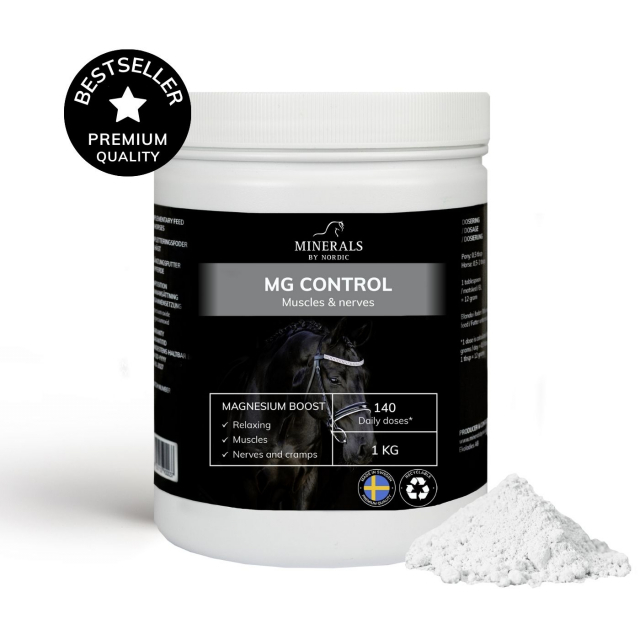
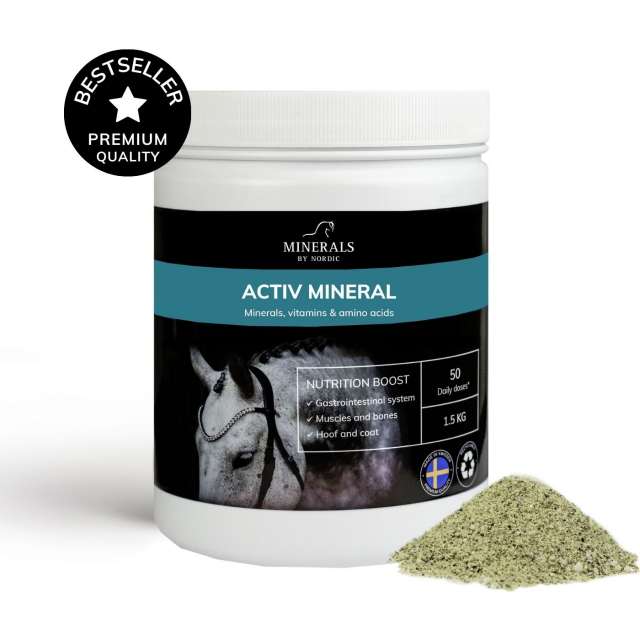
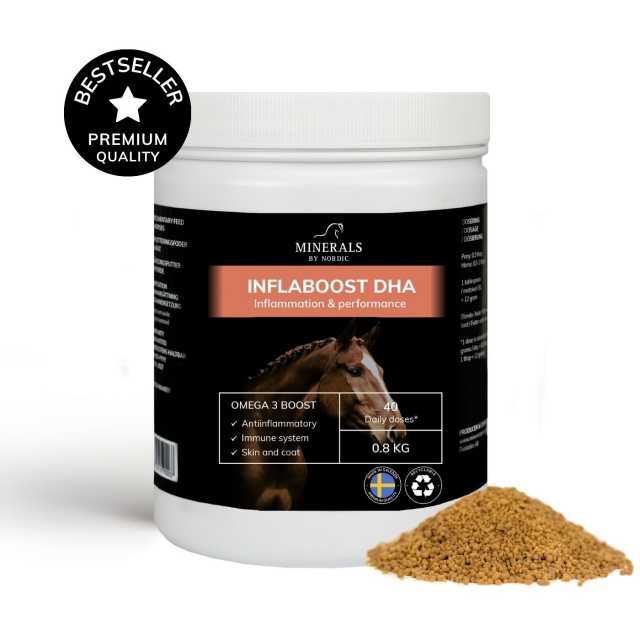



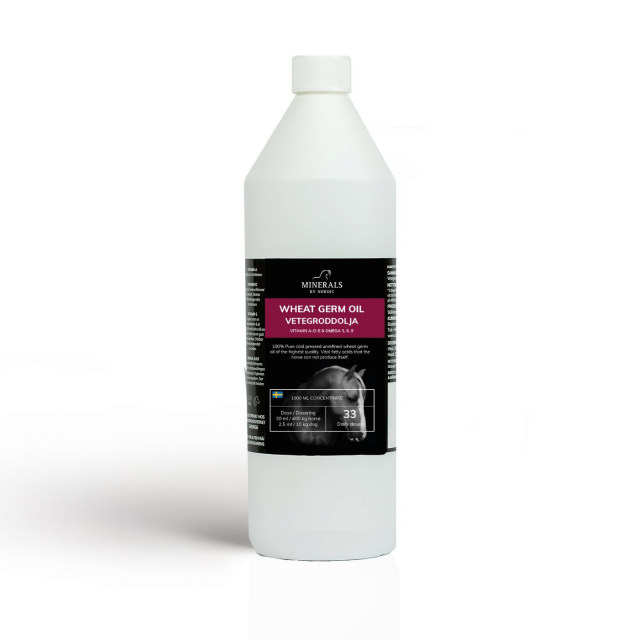



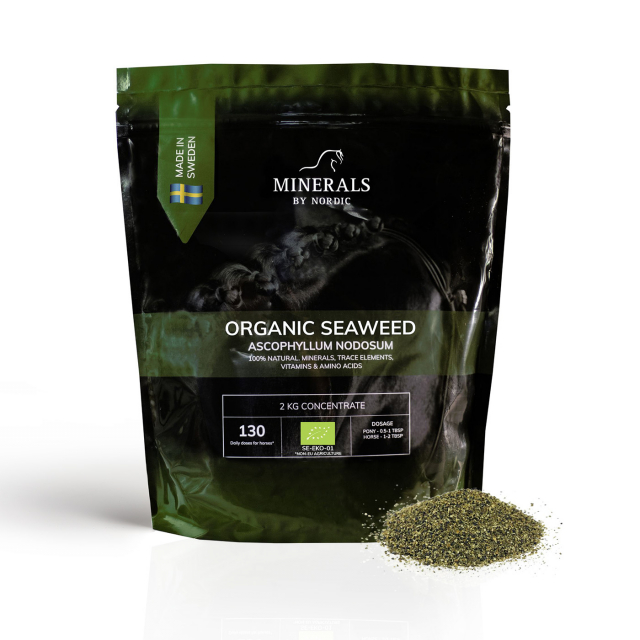

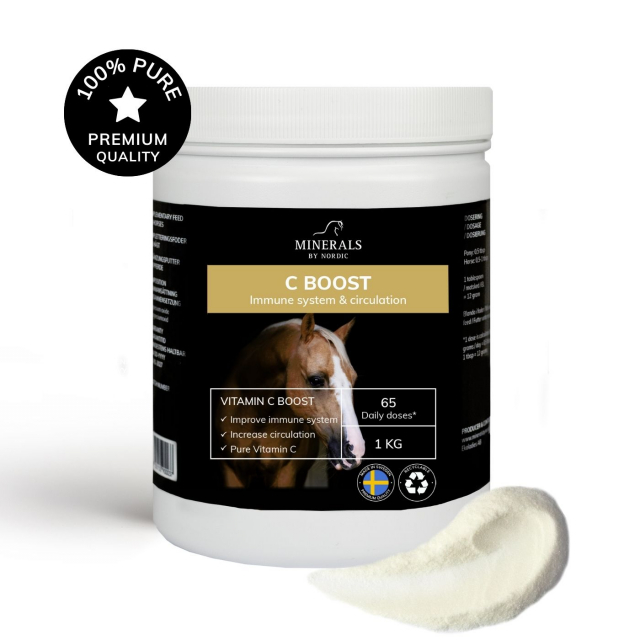



.jpg)
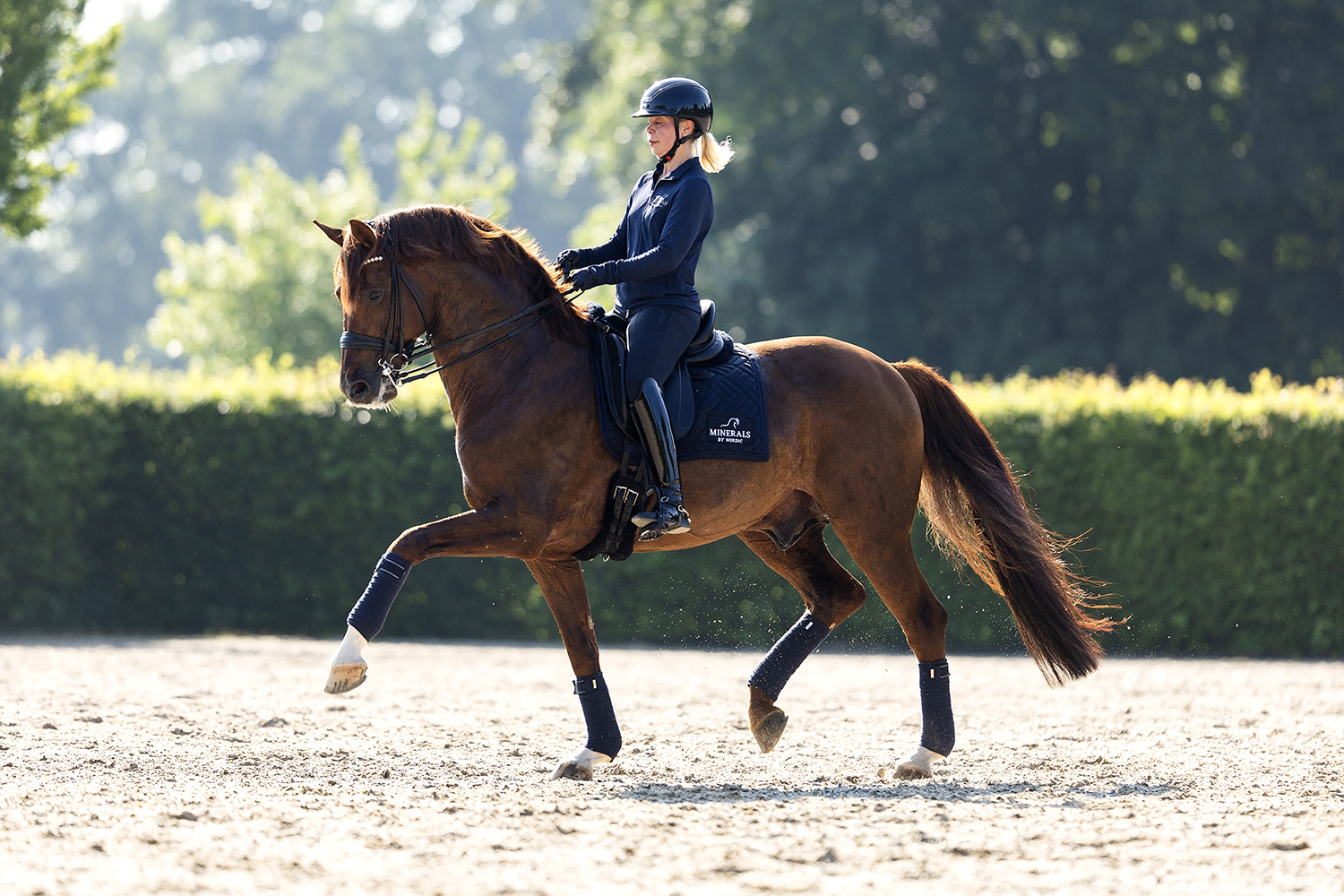



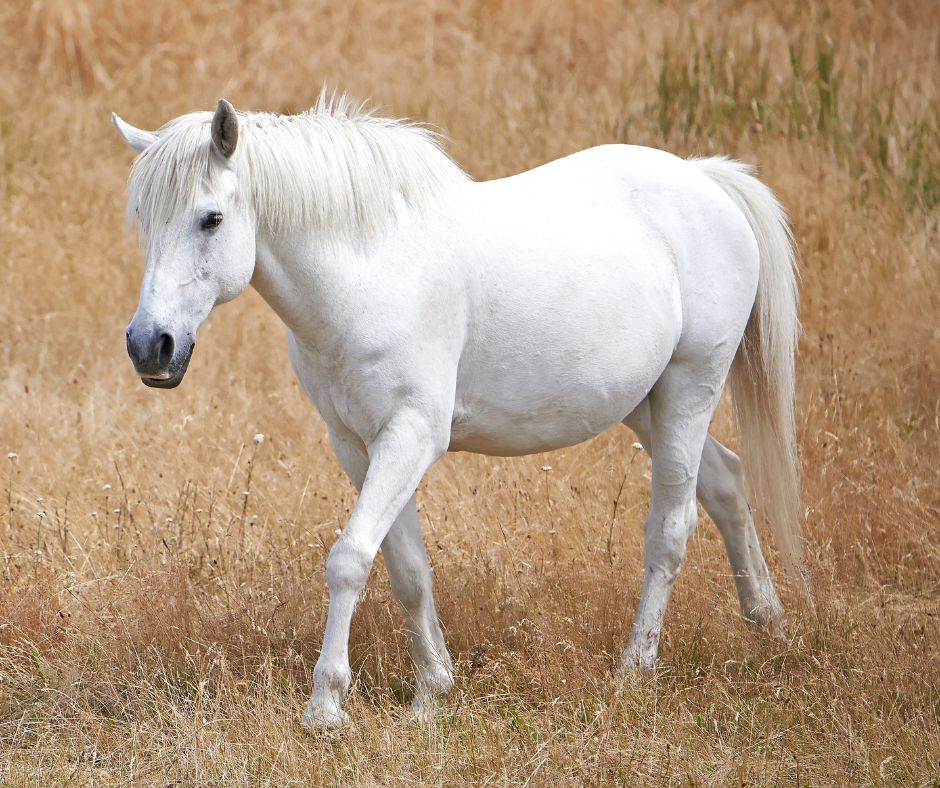

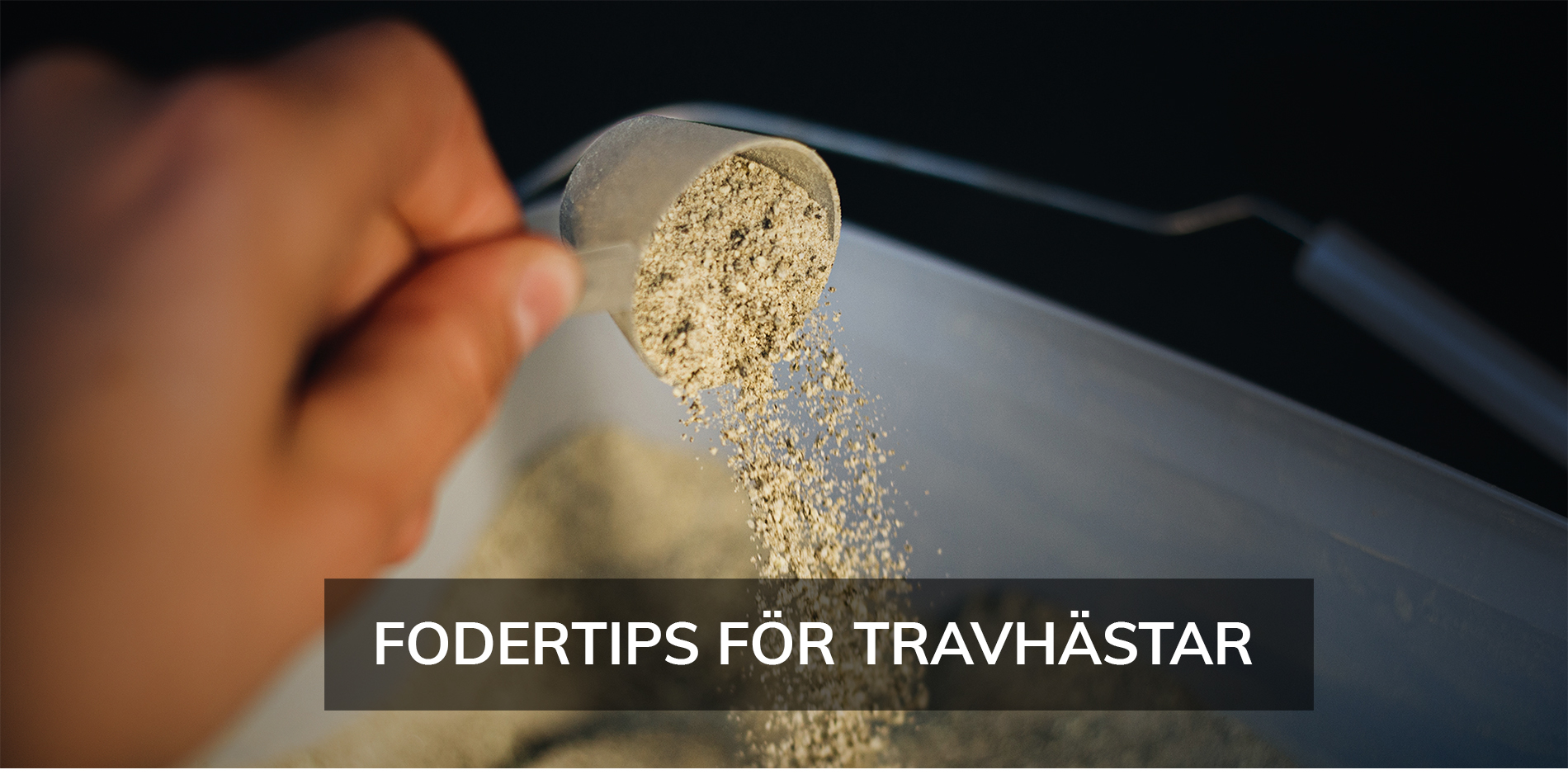

 ENG
ENG NO
NO AX
AX DE
DE